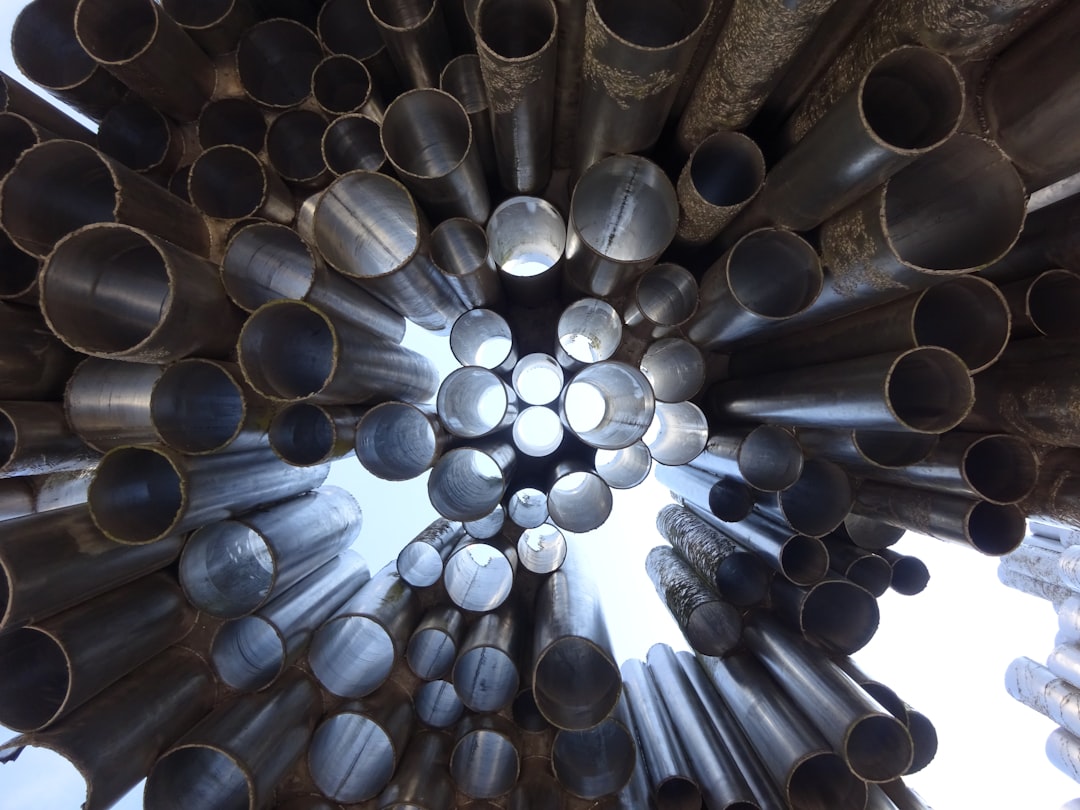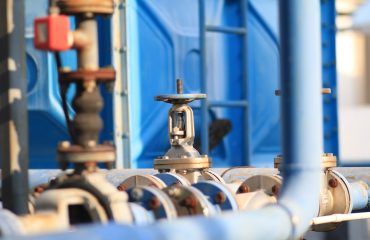High-performance pipes are the unsung heroes of countless industrial and infrastructure projects. Their ability to withstand extreme pressures, temperatures, and corrosive environments is crucial for ensuring safety, efficiency, and longevity. But what exactly constitutes a “high-performance” pipe? This comprehensive guide delves into the key features that set these pipes apart, exploring the materials, design, and manufacturing processes that contribute to their exceptional capabilities.
1. Superior Material Selection: The Foundation of Performance
The choice of material is paramount in determining a pipe’s performance. High-performance pipes often utilize advanced materials engineered to withstand specific challenges. Common choices include:
- Stainless Steel: Known for its corrosion resistance, high strength, and durability, stainless steel is a versatile choice for various applications, from chemical processing to food and beverage industries. Different grades of stainless steel offer varying levels of corrosion resistance and strength, allowing for tailored solutions.
- Super Duplex Stainless Steel: This alloy boasts even higher strength and corrosion resistance than standard stainless steel, making it ideal for extremely harsh environments, such as offshore oil and gas platforms or deep-sea applications.
- Nickel Alloys: These alloys, such as Inconel and Monel, offer exceptional resistance to high temperatures and corrosive chemicals, making them suitable for demanding applications in power generation, aerospace, and chemical processing.
- High-Performance Polymers: For specific applications requiring lightweight, corrosion-resistant, and non-conductive pipes, high-performance polymers like PTFE (Polytetrafluoroethylene) or PEEK (Polyetheretherketone) are increasingly popular.
The selection process considers factors like the fluid being transported, operating temperature and pressure, environmental conditions, and the required lifespan of the pipe system.
2. Enhanced Design for Optimal Flow and Strength
The design of a high-performance pipe goes beyond simple cylindrical geometry. Several design innovations contribute to enhanced performance:
- Wall Thickness Optimization: Advanced computational fluid dynamics (CFD) modeling allows for precise calculation of optimal wall thickness, ensuring sufficient strength without unnecessary material usage and weight.
- Internal Coatings and Linings: Internal coatings, such as epoxy or polyurethane, enhance corrosion resistance and reduce friction, improving flow efficiency and extending the pipe’s lifespan. These coatings are specifically chosen based on the transported fluid’s properties.
- Specialized Fittings and Connections: High-performance pipe systems often incorporate specialized fittings and connections designed to maintain the structural integrity and leak-tightness of the entire system under extreme conditions. These might include advanced welding techniques or specialized flanges.
- Stress Analysis and Finite Element Analysis (FEA): FEA simulations help engineers predict stress concentrations and optimize the pipe design to prevent failures under various loading conditions.
These design considerations ensure the pipe system’s structural integrity, efficiency, and resistance to failure under operational stress.
3. Advanced Manufacturing Techniques: Precision and Quality
The manufacturing process plays a critical role in determining the quality and performance of high-performance pipes. Advanced techniques ensure precision, consistency, and flaw-free production:
- Precision Extrusion and Seamless Welding: These techniques minimize imperfections and ensure uniform wall thickness, contributing to improved strength and resistance to fatigue.
- Advanced Forming Techniques: For complex geometries or large-diameter pipes, advanced forming techniques like hydroforming or rotary forging are employed to create highly precise and strong structures.
- Non-Destructive Testing (NDT): Rigorous NDT methods, including ultrasonic testing, radiographic inspection, and magnetic particle testing, are used to detect any flaws or imperfections in the pipe’s structure before installation.
- Automated Quality Control: Automated systems monitor the manufacturing process, ensuring consistent quality and minimizing human error.
These manufacturing processes directly impact the reliability and longevity of the high-performance pipe system.
4. Enhanced Corrosion and Erosion Resistance: Extending Lifespan
High-performance pipes are engineered to withstand aggressive environments. Their resistance to corrosion and erosion is a critical aspect of their performance:
- Material Selection for Corrosion Resistance: As discussed earlier, material selection is key. Choosing materials inherently resistant to specific corrosive agents is paramount.
- Protective Coatings and Linings: Internal and external coatings provide an additional barrier against corrosion and erosion, extending the pipe’s lifespan in harsh environments.
- Cathodic Protection: For pipes exposed to highly corrosive environments, cathodic protection systems can be employed to prevent corrosion by electrically protecting the pipe from oxidation.
- Design for Reduced Erosion: Careful design considerations, such as optimized flow profiles and the use of erosion-resistant materials in high-velocity zones, minimize erosion.
By focusing on corrosion and erosion resistance, the useful life of high-performance pipes is significantly extended, reducing maintenance costs and downtime.
5. Meeting Stringent Industry Standards and Certifications: Assurance of Quality
High-performance pipes are often subject to stringent industry standards and certifications, ensuring their quality and safety. These standards vary depending on the application and the governing regulations:
- API Standards (American Petroleum Institute): For oil and gas applications, API standards define the required material properties, manufacturing processes, and testing procedures.
- ASTM Standards (American Society for Testing and Materials): ASTM standards specify the material properties and testing methods for various pipe materials.
- ISO Standards (International Organization for Standardization): ISO standards provide globally recognized requirements for quality management systems and product specifications.
- Third-Party Inspections and Certifications: Independent third-party inspections and certifications ensure compliance with relevant standards and provide assurance of quality.
Adherence to these standards builds trust and confidence in the performance and reliability of high-performance pipe systems.
In conclusion, high-performance pipes are a critical component in numerous industries, delivering superior performance through a combination of advanced materials, innovative designs, precise manufacturing, and rigorous quality control. Understanding these key features is crucial for selecting and implementing the right pipe solutions for demanding applications.
Tags: High-performance pipes, pipe materials, pipe design, pipe manufacturing, corrosion resistance, industry standards




